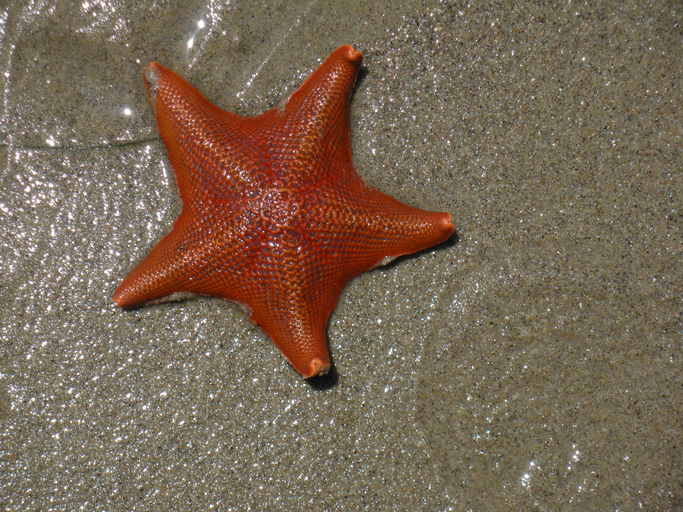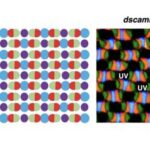Studying the chemo-mechanical waves of starfish oocytes, scientists have used optogenetics to control how a single cell moves during its earliest stage of development. The waves play “a key role in force generation and long-range signal transmission in cells that dynamically change shape.” Reconstituting and controlling these cell deformations is a particularly important hurdle to jump for the development of synthetic cells. Now, a team of researchers present an optogenetic method “to investigate the mechanism responsible for coordinating surface contraction waves that occur in oocytes of the starfish Patiria miniata during meiotic cell division.”
The findings are published in Nature Physics, in the paper, “Light-induced cortical excitability reveals programmable shape dynamics in starfish oocytes.”
This work could provide scientists with a new optical tool for controlling cell shape in its earliest developmental stages. Such a tool, they envision, could guide the design of synthetic cells. Overall, the researchers see their findings as a new way to probe how life takes shape from a single cell.
“By revealing how a light-activated switch can reshape cells in real time, we’re uncovering basic design principles for how living systems self-organize and evolve shape,” said Nikta Fakhri, PhD, associate professor of physics at MIT. “The power of these tools is that they are guiding us to decode all these processes of growth and development, to help us understand how nature does it.”
Scientists have long studied the starfish and its various stages of development. Researchers have discovered a key circuitry within a starfish oocyte that controls its motion and shape that involves the GEF enzyme that naturally circulates in a cell’s cytoplasm. When this enzyme is activated, it induces a change in the Rho protein—known to be essential for regulating cell mechanics.
When the GEF enzyme stimulates Rho, it causes the protein to switch to a membrane-bound state where it triggers the growth of muscle-like fibers that thread out across the membrane and subsequently twitch, enabling the cell to contract and move.
In previous work, Fakhri’s group showed that a cell’s movements can be manipulated by varying the cell’s concentrations of GEF enzyme: The more enzyme they introduced into a cell, the more contractions the cell would exhibit.
“This whole idea made us think whether it’s possible to hack this circuitry, to not just change a cell’s pattern of movements but get a desired mechanical response,” Fakhri said.
Using established optogenetic techniques, the researchers developed a light-sensitive version of the GEF enzyme. They then injected the mRNA into oocytes that the team harvested from a single starfish ovary, which can hold millions of unfertilized cells. The cells, infused with the new mRNA, then began to produce light-sensitive GEF enzymes on their own.
In experiments, the researchers then placed each enzyme-infused oocyte under a microscope and shone light onto the cell in different patterns and from different points along the cell’s periphery. They took videos of the cell’s movements in response.
They found that when they aimed the light at specific points, the GEF enzyme became activated and recruited Rho protein to the light-targeted sites. There, the protein then set off its characteristic cascade of muscle-like fibers that pulled or pinched the cell in the same, light-stimulated spots. The researchers were able to control the cell’s movements, for instance directing it to morph into various shapes, including a square.
Surprisingly, they also found they could stimulate the cell to undergo sweeping contractions by shining a light in a single spot, exceeding a certain threshold of enzyme concentration.
“We realized this Rho-GEF circuitry is an excitable system, where a small, well-timed stimulus can trigger a large, all-or-nothing response,” Fakhri said. “So we can either illuminate the whole cell, or just a tiny place on the cell, such that enough enzyme is recruited to that region so the system gets kickstarted to contract or pinch on its own.”
The researchers compiled their observations and derived a theoretical framework to predict how a cell’s shape will change, given how it is stimulated with light. The framework, Fakhri said, opens a window into “the ‘excitability’ at the heart of cellular remodeling, which is a fundamental process in embryo development and wound healing.”
She added: “This work provides a blueprint for designing ‘programmable’ synthetic cells, letting researchers orchestrate shape changes at will for future biomedical applications.”



